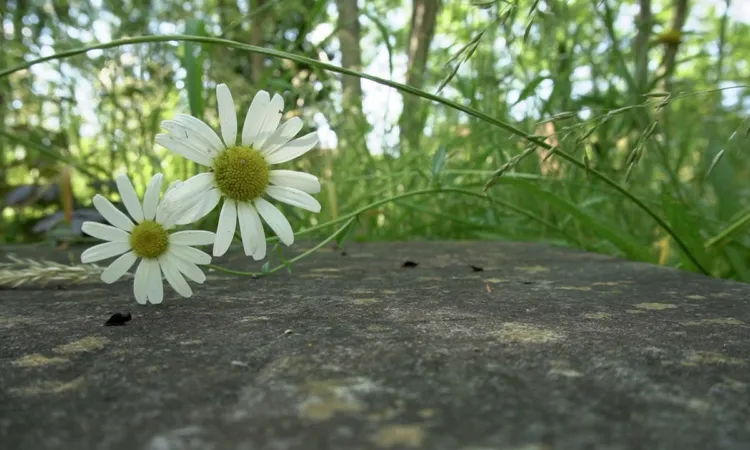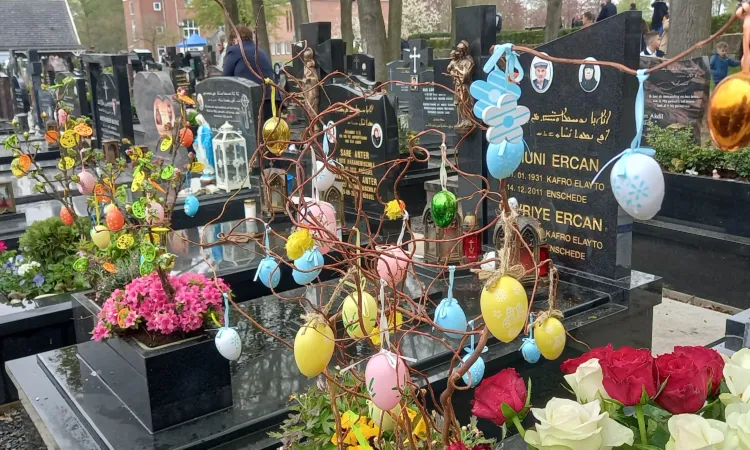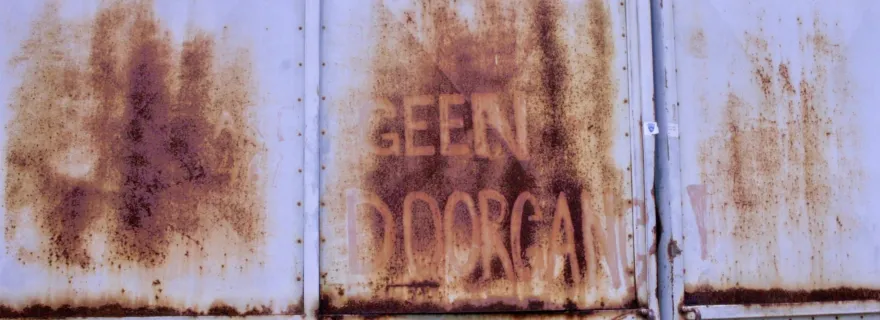Part 3 Fieldwork in challenging times: Keeping your feet on the ground
Even if we turned to networks and digital data collection, fieldwork with your feet on the ground remained a possibility, if we were willing to adjust our research design. This didn’t mean we had to abandon original plans, but rather expand them, adding a comparative dimension that enriched our understanding rather than limiting it.
Into the field again, small steps
As we were adapting in our hotel room, we also had to practice our audio-visual skills. Our ethnographic filmmaker gave us a gentle push—literally—out of the hotel and into the field to visually document key themes of our research. For me, that meant exploring death and burial practices among migrants. I began with small steps: visiting a nearby cemetery to begin capturing visual impressions.

From there, my research evolved into an in-depth investigation of how both Muslim and Orthodox Christian minorities in the Netherlands handle death and burial.

Morocco next: More than ready for the field
This comparative perspective not only opened up new analytical angles, but also proved invaluable in preparing for the next phase of research in Morocco. It helped us refine our questions, anticipate local dynamics, and approach the field with a more grounded and flexible mindset. The shift led me to places I would never have imagined visiting, and to insights I could never have planned for. We learned so much in the process. Oh, the beauty of research when it surprises you!


